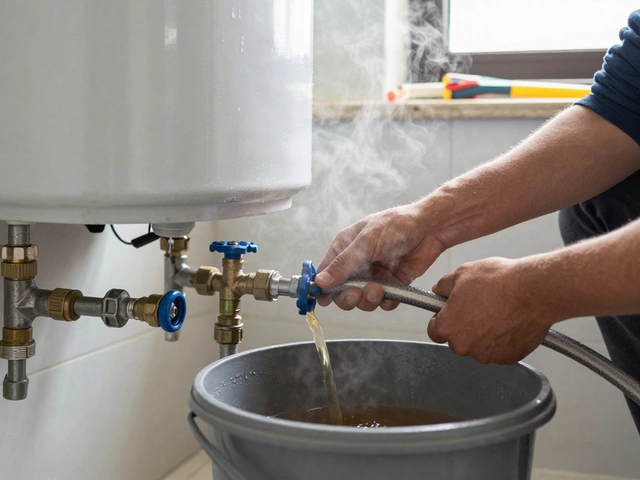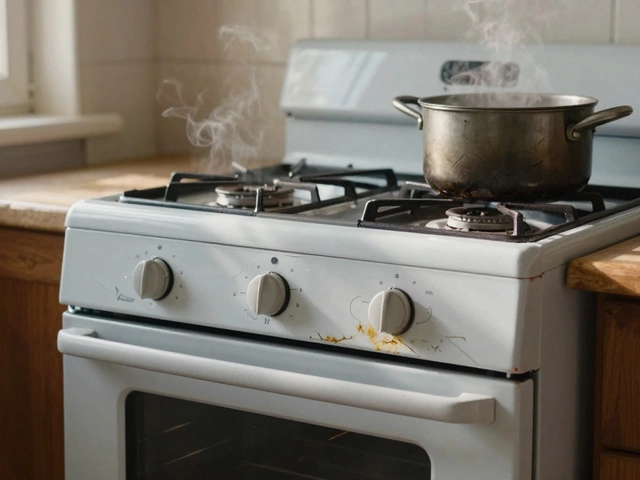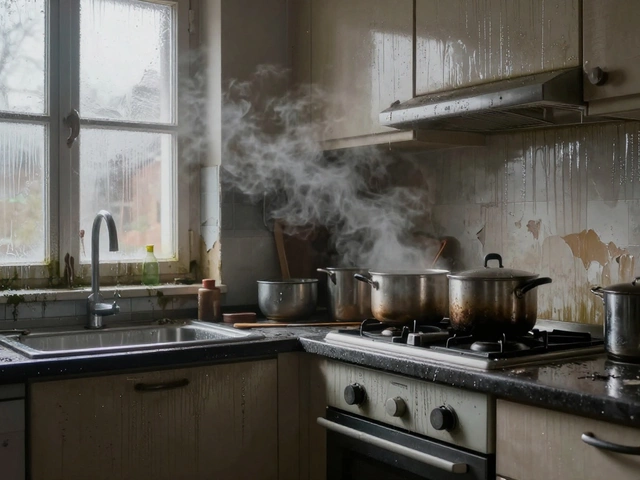Extractor Fan Repair & Installation: What You Need to Know
If your kitchen or bathroom fan has gone silent, it’s more than an annoyance – excess moisture can damage walls, mould can spread, and smells linger. The good news is many fan problems are easy to diagnose, and a few simple steps can get the motor humming again. Below we cover the most common faults, quick fixes you can try yourself, and when it’s smarter to call a local expert.
Common Reasons an Extractor Fan Stops Working
First, figure out why the fan quit. The usual culprits are a tripped circuit, a clogged filter, a broken motor, or a loose wire. Turn off the power at the breaker and use a flashlight to check the fan housing. If the blades are stuck with grease or dust, give them a good clean – often that’s all it takes. A motor that hums but won’t spin usually means the bearings are worn or the capacitor is dead, which needs a part swap.
Another quick test is the switch. Flip the wall control on and off a few times. If the fan flickers, the switch may be faulty. Replacing a standard toggle or pull‑chain switch costs under £15 and is a simple DIY job.
Step‑by‑Step DIY Fixes
1. Safety first. Shut off the breaker, confirm the fan has no power with a voltage tester, and wear gloves.
2. Remove the cover. Most extractor fans have a snap‑on grille. Unscrew or release the clips, then pull the cover away.
3. Clean the blades. Wipe each blade with a damp cloth and a little dish soap. Let it dry before re‑assembling.
4. Check the motor. Look for visible signs of wear or burnt marks. If the motor smells burnt or you see broken wires, replace it. Motor units are sold for £30‑£80 depending on size.
5. Test the fan. Plug the motor back in (or reconnect the wires) and turn the breaker on. If it runs smoothly, replace the cover and you’re done.
If the fan still won’t work after cleaning and basic checks, it’s likely the motor or capacitor needs a professional replacement. Trying to force a dead motor can damage the wiring and raise safety risks.
When to Call a Pro
Call a trained installer if you encounter any of these signs: the fan doesn’t turn on at all, you smell burning, the wiring looks corroded, or the fan is installed in a hard‑to‑reach ceiling spot. A qualified service will also ensure the fan meets building codes, especially for bathroom fans that need to vent outside.
Hiring a local pro in Hinckley typically costs £60‑£90 for a diagnostic visit, with parts added on. Many companies, including Hinckley Home Appliance Repair Services, offer a free quote after a quick inspection.
Regular maintenance keeps an extractor fan running for years. Set a reminder to clean the grille every three months and give the motor a quick spin check once a year. A well‑maintained fan not only prevents mould but also saves you from pricey replacements.
Bottom line: most fan failures start with a dirty filter or a tripped breaker – both cheap fixes. If you’ve tried those and the fan still sputters, a professional motor swap is the safe route. Keep the steps above handy, and you’ll know exactly when to DIY and when to call the experts.
1 February 2025
·
0 Comments
Exploring the possibility of repairing exhaust fans can save you time and money. Whether it's a bathroom fan not clearing steam or a kitchen hood failing to remove cooking odors, understanding the fundamental aspects of troubleshooting can make a difference. This article provides practical advice, tips for identifying common issues, and possible solutions for various types of exhaust fans. Knowing when to repair and when to replace can empower homeowners to make the right decision for their specific situation. Dive into these expert strategies and become skilled at maintaining your exhaust fan.
Read more






